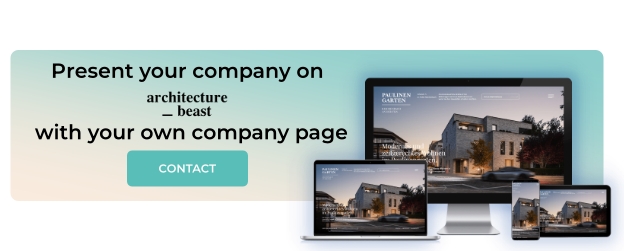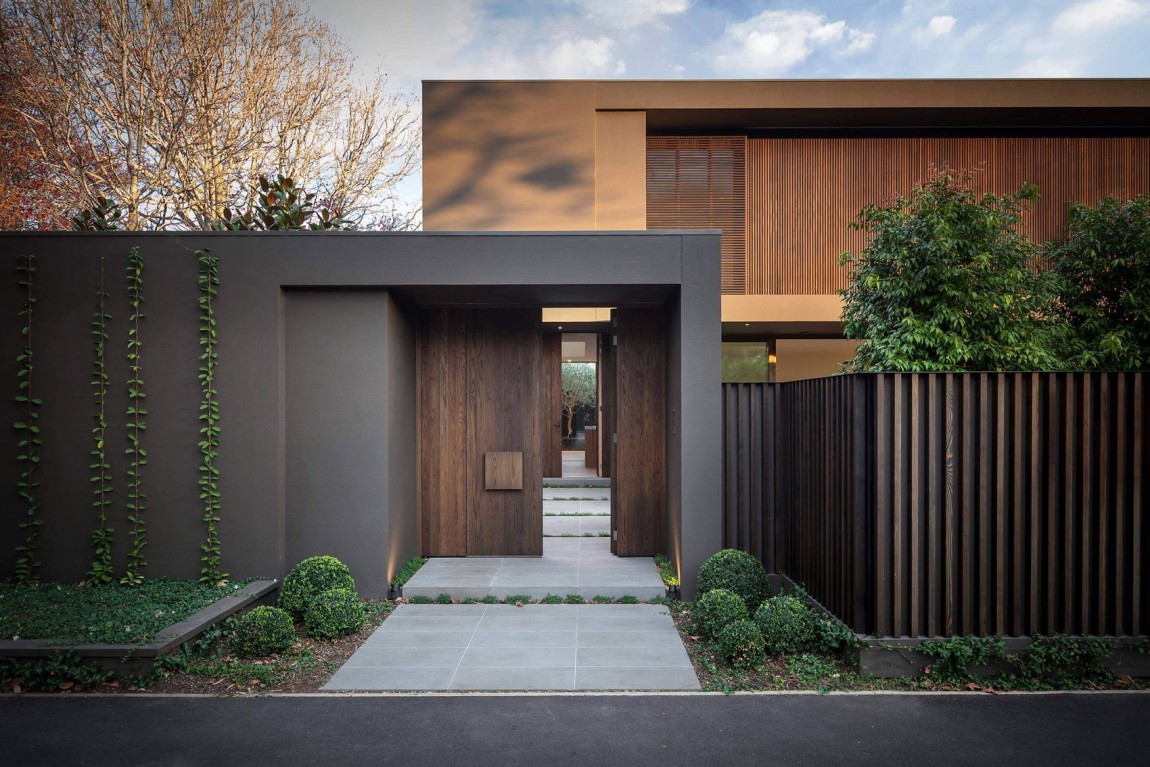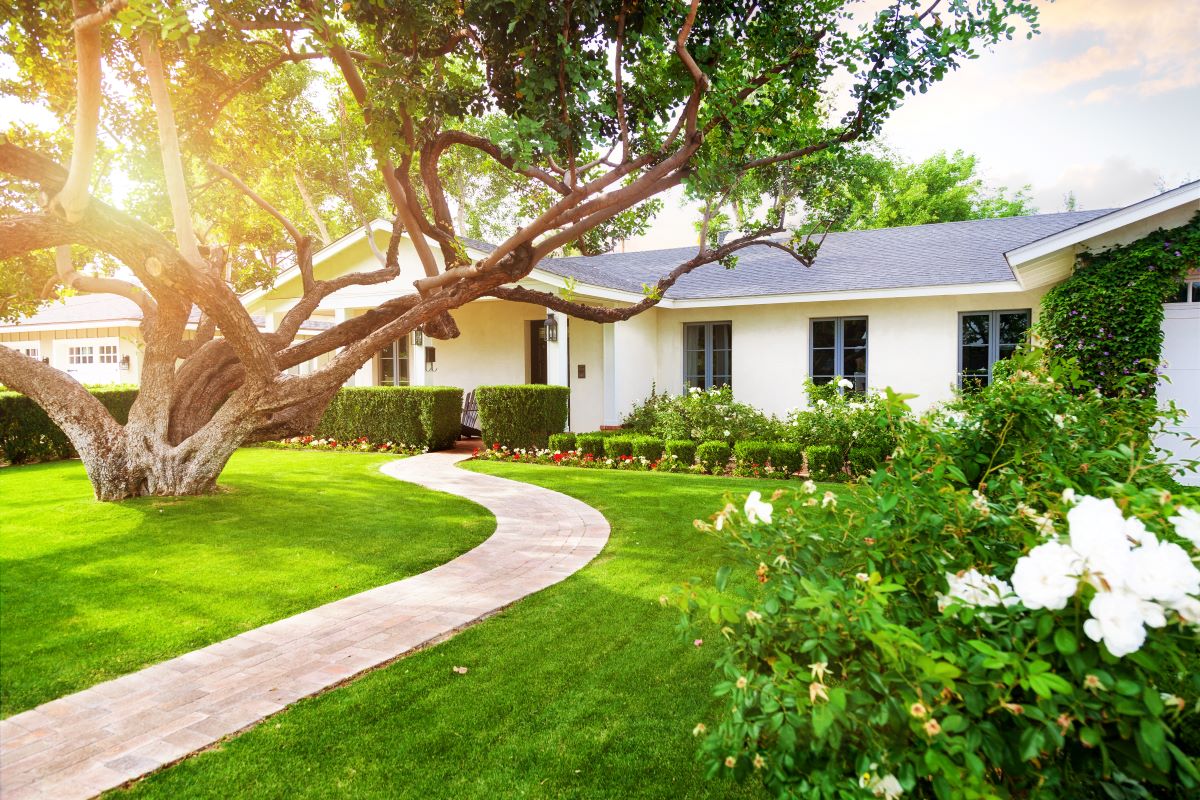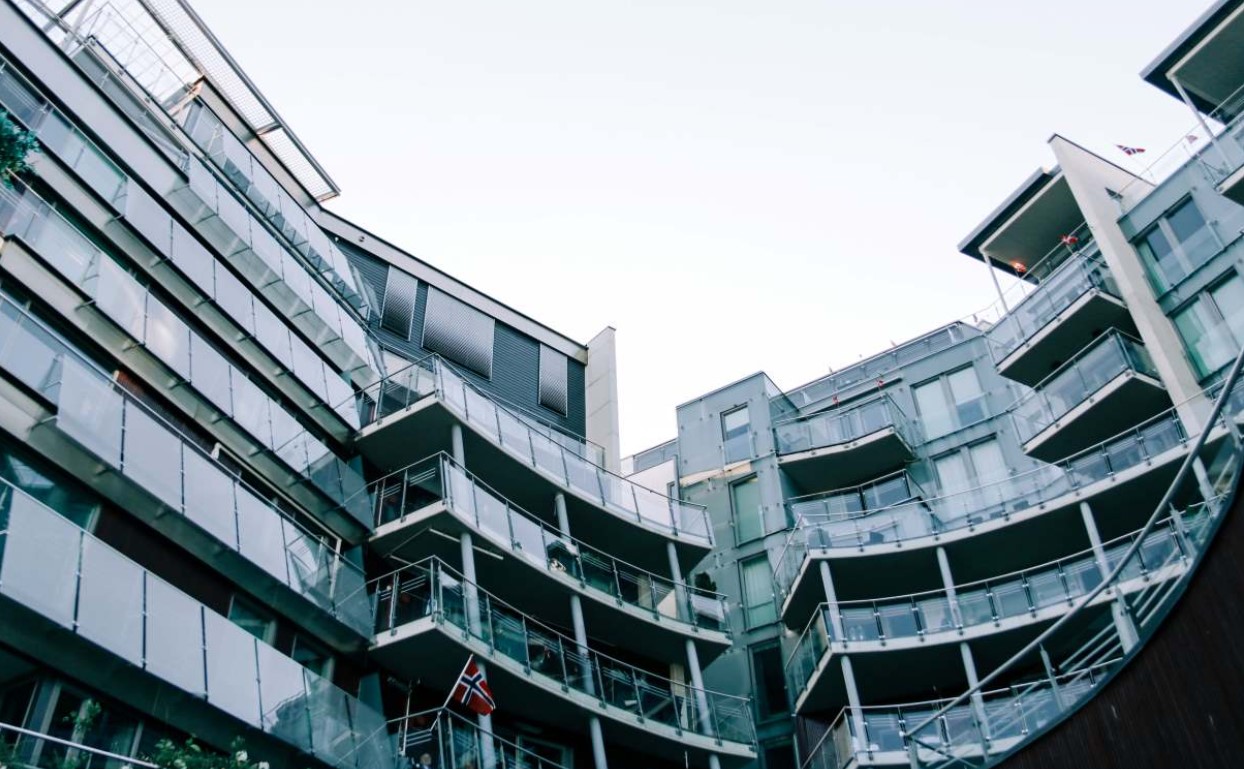If you had to define minimalism, what would you suggest? Perhaps you’d say that minimalism is the art of removing the fat from any design effort. In interior design, we often consider minimalism to be more about what “isn’t there” as opposed to what is present, because the restraint it takes to limit too much furniture or overbearing color schemes is key.
But while minimalist design can be fantastic and feel like it gives us room to breathe, it’s also true that to assume “a lack of stuff” is how to best define it would be incorrect. There’s much more thought that goes into minimalism than just not bringing in items that could otherwise elevate the space.
While there are many excellent books and thought leaders worth paying attention to, we thought it could be helpful to discuss how minimalism is influenced, not just what it’s missing:
Windows & Minimalism
Windows will generally perform a lot of the heavy lifting in a minimalist space, because they pull in light, make everything feel more open, and help the room breathe a little. If there’s not much furniture or decor to distract yor eye, a window becomes part of the how the minimalism is defined. You notice the way the light hits the floor in the afternoon, or how the curtains soften the space without drawing attention to themselves, and of course, the outside environment is like an art show you have an unimpeded view of. That quiet kind of presence is what minimalism leans on if done well.
Function & Minimalism
A commonly ignored part of minimalist design is how much thought goes into the usefulness of things. Some mistake this style for just being cold or strict for the sake of it, but it’s much more about not overfilling a space just because you can. Multi-use furniture or design is appreciated here, then, such as a sideboard which might act as both a storage unit and a stand for a lamp. Moreover, a bench might live by the wall until guests show up. That means nothing feels forced in, and nothing feels like it’s missing either. You also don’t carry around too much stuff that defines the space for you without being used that often.
Versatility & Minimalism
Minimalism doesn’t mean every room needs to look like a showroom or be perfectly clean and never lived in. It can still be human of course, it just leans on pieces that earn their keep in more than one way. So that might include a chair that moves from desk to dining table, or a larger office mirror that bounces light around and opens up a smaller space more than artwork could. That kind of flexibility stops things from feeling stiff or overdesigned and it also means any decoration you add will have so much more importance and really make a statement.
WIth this advice, you’ll see how minimalism can help define your room in many different ways.


 Pexels – CC0 License
Pexels – CC0 License








